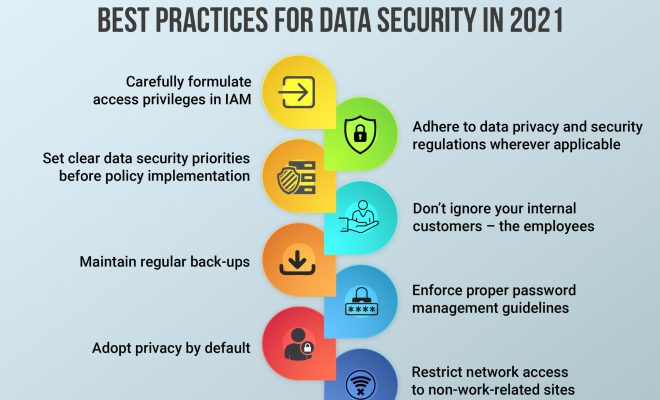Backups vs. Redundancy: What’s the Difference?

Backup and redundancy are two terms often used interchangeably to ensure business continuity. While they may seem similar, they have distinct differences, and understanding their differences can help you make the right business decisions when it comes to securing your company’s data.
So, what is the difference between backups and redundancy, and how do they impact your business?
Backup:
Backup refers to creating a copy of your data that can be used to restore your system in case of data loss or system failure. A backup solution can include physical copies of data on storage devices such as external hard drives or cloud storage, or virtual backups through software platforms like Veeam, Acronis, or Azure Backup.
Backups can be used to restore the entire system or specific files and data to a previous point in time. Typically, backups are taken at fixed intervals and kept offsite to minimize damage from natural disasters, theft, or other events that could harm the primary data copy.
The purpose of backup is to ensure the restoration of your system if you ever lose data or are unable to access it due to system failure. It’s like keeping a spare tire in your trunk, ensuring that you can continue to drive even if one of your tires blows out.
Redundancy:
Redundancy refers to having multiple systems or assets that perform the same function. In terms of data, redundancy typically involves having multiple copies of the data stored in different locations, which can include replicating the data in real-time between multiple servers or using backup systems that can take over in case of failure.
Redundancy is more complex than backups as it requires multiple systems, networks, or devices to be functional and can often be cost-prohibitive for small businesses. However, redundancy can significantly increase uptime and availability, making it an essential consideration for companies that cannot afford any downtime.
While backup ensures the restoration of the primary system, redundancy ensures that the backup is available when you need it.
The difference between Backup and Redundancy:
The primary difference between backups and redundancy is the level of protection they provide. Backup’s primary objective is to recover data that is lost or inaccessible, while redundancy is designed to prevent service outages.
Backups provide a physical copy of the data that can be recovered in the event of data loss or system failure. Redundancy, on the other hand, seeks to prevent these events by ensuring that multiple systems are operational at all times.
In practice, both backups and redundancy often go hand in hand. Effective redundancy relies on multiple backups of your data and systems, while backups can be part of your overall redundancy strategy. For example, using cloud solutions and backing up data to multiple regions to assure redundancy and data recoverability enhances the effectiveness of backup as well.
In conclusion:
Backups and redundancy are two essential components of a complete business continuity plan. Both are necessary to ensure the protection of your data and systems and keep downtime to a minimum.
While backups are fundamental to recover lost data, redundancy focuses on continuous uptime and data availability. By utilizing both backups and redundancy effectively, you can prevent data loss, system failure, and service outages, ensuring that your business continues uninterrupted.






